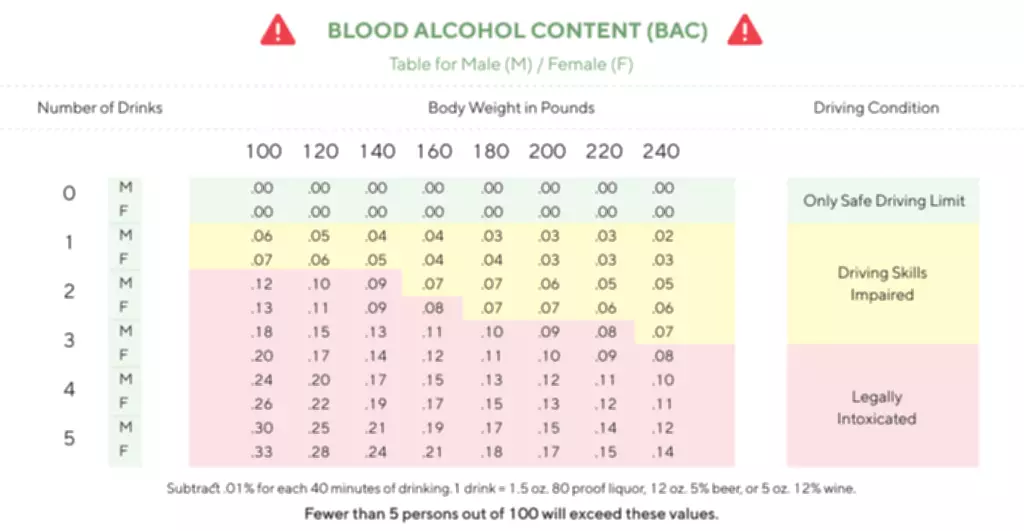Our daily research-backed readings teach you the neuroscience of alcohol, and our in-app Toolkit provides the resources and activities you need to navigate each challenge. For resources related to AUD, including how to get support, please visit the NIH website. We’ve also partnered with Moderation Management, https://ecosoberhouse.com/ a non-profit dedicated to reducing the harm caused by the misuse of alcohol. Sunnyside is the leading alcohol health platform focused on moderation and mindfulness, not sobriety. On average, members see a 30% reduction in alcohol consumption in 3 months, leading to improved sleep, diet, and overall wellbeing.
Do Advanced Research if You’re Sober and Want to Go on a Cruise
Generally, the brain responds to an increase in particles over fluids by signaling the release of ADH. When a person drinks alcohol, the alcohol inhibits the body’s release of a hormone called vasopressin, also known as antidiuretic hormone (ADH). When people drink high quantities of alcohol, it can cause the kidneys to filter more fluids and get rid of them by making the body urinate more frequently. Finally, realize alcohol and dopamine the power of dopamine and know that sometimes your lack of energy and motivation is determined more by your hidden physiological makeup. This doesn’t mean your strategic effort won’t accelerate performance, but it does mean that absent of sufficient dopamine your motivation will habitually suffer. Heroin also has been rated as the second most harmful drug in terms of damage to both users and to society.
Serotonin’s Role in the Development of Alcohol Abuse
For example, serotonin can increase the activity of GABAergic neurons in the hippocampal formation (Kawa 1994), a part of the brain that is important for memory formation and other cognitive functions. Consequently, alcohol’s effects on serotonin may alter the activity of GABAergic neurons in the hippocampal formation. These changes may disrupt cognition and possibly contribute to alcohol-induced memory loss and impaired judgment.

Is there a specific type of alcohol that makes a person need to urinate more frequently?
Although promising preclinical results, the majority of results from the clinical studies with dopamine‐acting medications have thus far been discouraging. The side effects profile of many of the evaluated compounds, including typical antipsychotic drugs, render them clinically unfavourable. On the other hand, newer dopamine agents, without complete antagonism or agonism, especially the dopamine stabilizers show promise and deserve further investigation in alcohol‐dependent patients.
- Furthermore, the balance of altered dopamine changes and subsequent effects on cellular excitability and fast synaptic transmission in the caudate and putamen will likely dictate the relative behavioral control by the associative and sensorimotor circuits.
- In addition, fast dopamine release events (dopamine transients) commence at the onset of a conditioned cue [18, 19].
- Stimulant effects occur when your blood alcohol concentration (BAC) approaches 0.05 mg/l but are replaced by more depressant effects once your BAC reaches 0.08 mg/l — the level at which you’re considered legally impaired to drive in most areas of the United States (3).
- There is also a risk of becoming reliant on alcohol to manage anxiety, leading to other physical and mental health problems.
Into Action Recovery Centers provides an abstinence-based program and all of our staff members have a strong understanding of the recovery process through personal experience. We are passionate about sharing the process involved in living a drug and alcohol-free life. We offer free aftercare for the men who complete our program and have a strong alumni network that remains active in the community.
Quitting Alcohol: What Happens To Your Brain When You Stop Drinking? – DISCOVER Magazine
Quitting Alcohol: What Happens To Your Brain When You Stop Drinking?.
Posted: Wed, 10 Aug 2022 07:00:00 GMT [source]
Former Executive Editor, Harvard Women’s Health Watch

Virtually all brain functions depend on a delicate balance between excitatory and inhibitory neurotransmission. Research findings indicate that the consequences of short- and long-term brain exposure to alcohol result from alterations in this balance. However, many questions remain about the effects of alcohol on this delicate equilibrium. In addition, little is known about the molecular mechanisms of craving and addiction. Knowledge of the higher levels of neural integration is required to completely determine how alcohol affects these processes. More important, a detailed understanding of alcohol’s mechanism of action in the brain is a prerequisite to discovering effective treatments for both alcohol abuse and alcoholism.
Listen to relatives, friends or co-workers when they ask you to examine your drinking habits or to seek help. Consider talking with someone who has had a problem with drinking but has stopped. But they may put themselves or others in danger by drinking and driving, having risky sexual encounters, or blacking out, Benton says. The classic picture of someone with alcohol use disorder is someone who always drinks too much and whose life is falling apart because of it. In the United States, the legal limit for driving under the influence of alcohol is 0.08 percent, except in the state of Utah, where it’s 0.05 percent.
Special Health Reports
